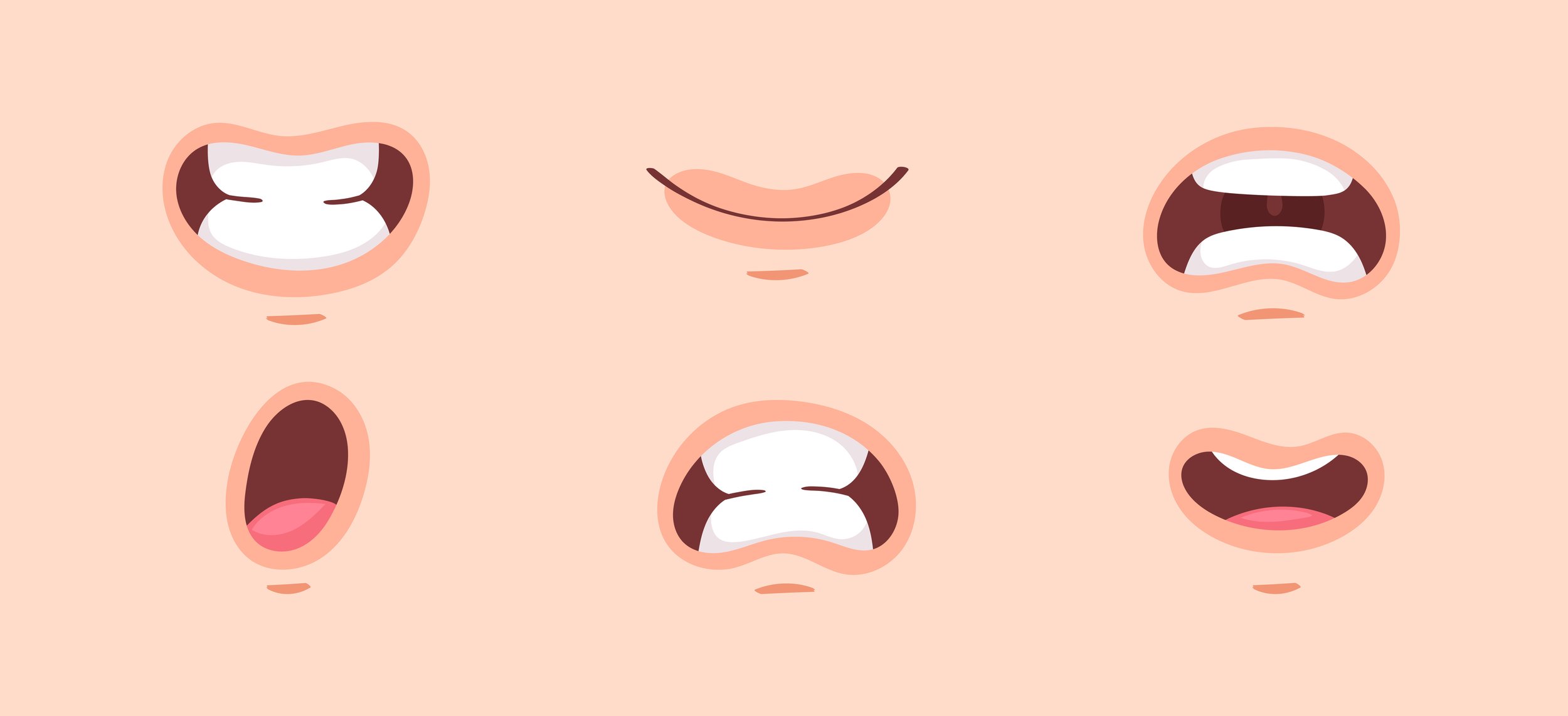Articulation
Here’s a guide to all of our Toddler Talk resources related to Articulation.
First, let’s define articulation:
Articulation is the formation of clear and distinct sounds in speech. Articulation requires the coordinated and precise movement of all the parts of our mouth and airway together to make sounds and say words.
Watch our articulation review
At times, children face challenges when developing one or a few of their speech sounds. When this happens, we say that a child has an articulation problem. Errors with articulation are most often errors with consonant sounds and typically involve incorrect placement and or movement of the tongue.
Learn more about when most kids start pronouncing different sounds and articulation disorders here.
Speech therapists work on articulation because when children can pronounce sounds better, other people can understand them more easily. In speech therapy, the term intelligibility is used to describe how easy or hard it is to understand a child.
Learn about intelligibility ratings for toddlers of different ages here.
An essential part of articulation treatment is teaching families how to practice at home; articulation therapy requires LOTS of repetition! We want to help you help your child sound and communicate clearly.
Check out this post to learn how to teach your toddler consonant sounds and vowel sounds at home.
When practicing articulation at home, we want to avoid working on sounds that are too hard for your child's mouth and practice only with sounds that are expected for their age. Remember, any practice you do at home should be fun for both you and your child.
Review our guide for successful at home speech practice here.
Sometimes, even young children need professional help, learning to make speech sounds. When children are in speech therapy for articulation issues, it is simply referred to as articulation therapy.
In the meantime, you can use the 'Pronunciation Profile' provided to help you determine whether your child's errors need extra help from a speech therapist (remember this is not an evaluation, it’s just to help gather more information). Be sure to share your findings with your pediatrician and during your speech and language evaluation, you’re a very important part of the team!
You can download a copy of our free articulation screener here.
Written by: Stephanie Keffer, MS, CCC-SLP
© 2020-2023. Stephanie Keffer, MS CCC-SLP. All Rights Reserved.
The content offered on ToddlerTalk.com is for informational purposes only. Toddler Talk is not engaged in rendering professional advice, whether medical or otherwise, to individual users or their children or families. No content on this site, regardless of date, should ever be used as a substitute for direct medical advice from your doctor, speech language pathologist, or other health professional. By accessing the content on ToddlerTalk.com, you acknowledge and agree that you are accepting the responsibility for your child’s health and well-being. In return for providing you with information related to home speech and language practice, you waive any claims that you or your child may have as a result of utilizing the content on ToddlerTalk.com.



